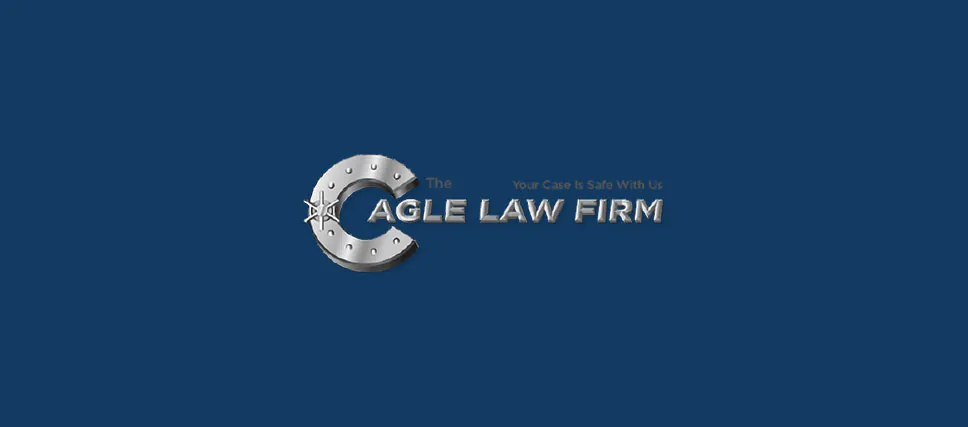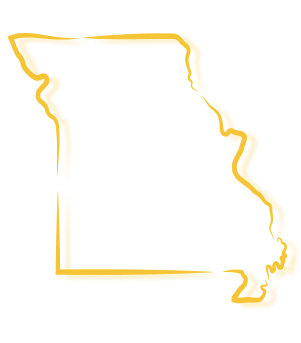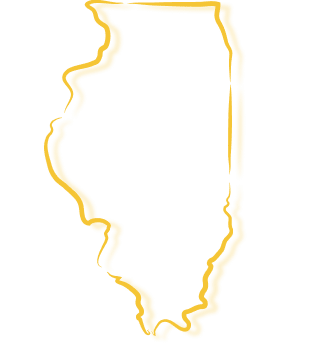Using Video Animation in Trial- Missouri Railroad Accident Case Study

By Zane T. Cagle | April 17, 2021 | Featured, FELA, Personal Injury, Wrongful Death
In today’s society, we all like highlights, myself included–I like to watch ESPN, top ten highlights, and WebGyms. A jury is no different–they want to see the highlights. When doing a video animation, what we really we are doing is highlighting your case, either the injury or how the injury occurred. This is very important because it keeps the jury members’ attention, it makes good use of time, and it is a clear, concise way to illustrate an event. It may take two to three people testifying about the incident, spending hours upon hours testifying. And, it may take a great deal of time just to get all of the testimony into evidence. In trial, we lay the foundation to get the evidence in, and the point of the video is to put it all together in a short, concise time and is an effective method. Video is a concise method of delivery we are all familiar with- Jury members receive information all of the time through video. Therefore, a video animation only makes sense. The video animation does not take the place of expert testimony or witness testimony, but rather it wraps it all up in a concise, easy to understand way.
Example-Railway Accident Case
In a tragic wrongful death case, I represented the family of a man struck by a train while sitting on a railroad track after he pulled onto the railroad track with clear visibility for four to five miles in each direction. At first glance, many attorneys …..actually, most people would think it was the fault of my client sitting on the track because of the range of visibility. Thus to show what really happened in that tragic accident, it was critical to create a video animation. By taking the event recorder out of the train and taking a “total station” out, and digitally recreating the surroundings from the ground up, you could see the events as they really happened, and it made far more sense. My client was driving a truck with a 53-foot modular trailer on the back. He turned off a busy highway, and as he came onto the track, another truck was blocking his way. Because of the length of his trailer and the busy highway he had just turned off, he was unable to back up. He could not go forward due to a truck blocking his way forward, nor could he go backward. The truck in front of him did not pull forward until my client was on the railroad track. When the truck in front pulled forward and my client was sitting on the track, the front truck driver jumped out and started waving his arms, as you can see in the video. When an individual sees the video they would know that the driver of the front truck did not do the right thing and was at least partly responsible for this person’s death. I think it is important to show how and why your loved one was injured or killed.
It is important to show a jury what actually happened because the facts are not always as they appear. We do not just “make up” these video animations. As mentioned, much fact-finding and recreation go into these videos, and they are done by video animation professionals. A great deal of research goes into these videos, including expert recreation testimony and explanation. Video animation is just one way that we use to tell a client’s story. Expensive? Absolutely. But the above video shows in just a few minutes what might take experts hours and hours to explain. Would the video replace the expert testimony and evidence? No. Video animation is a way to “highlight” or explain the events in a concise way visually.
What Does Video Animation Mean for Your Case?
Your case may or may not need a video animation created depending on the type of accident or injury. Often videos are not necessary, but it is an example of how we work to illustrate your injury or loved one’s death to a jury. Typically, we do video animations to illustrate surgery procedures that a jury would not know about unless they were able to see it, yet raw video of an actual surgery would not be appropriate, and it would be too graphic as opposed to an animation. The other kind of video animations we use is to explain the event causing injury or death, such as in the video above. Whether it is a railroad accident case or a car accident, videos are often helpful in conveying evidence and the sequence of events to a jury. When the events are not clear to everyone, such as in the railroad accident, it is very advantageous to have a video animation done for clarity for the jury. We examine as many methods as we can to illustrate to a jury the truth of a case, and that requires us to be organized, prepared, and professional. Video animation is helpful not only in trials but in negotiations with insurance companies and in mediation. Anytime we can “recreate” a scenario for a juror, it helps in their understanding. We all better appreciate what we better understand.
The reason that I share this video animation is to point out the many methods we use in a trial to show the jury the facts of the personal injury case.
At The Cagle Law Firm, our attorneys use many methods to prove and illustrate the evidence of each case. Many things go into a case, including hours of investigation, depositions, and recreations, in order to truly understand each of our clients and their life-changing injuries. If you are uncertain whether or not you have a case, you should gather information and talk with a personal injury attorney. We are available seven days a week to discuss your case with you. Call (314) 276-1681 for a confidential review of your case.
Contact Us Today
The Cagle Law Firm serves accident and injury clients throughout St. Louis and the greater St. Louis metro area, including St. Louis Counties of Chesterfield, Wildwood, Eureka, Ladue, Olivette, Clayton, Kirkwood, Fenton, Affton, and Jefferson Counties of Arnold, High Ridge, Antonia, House Springs, and the eastern Missouri and southern Illinois communities. If you or your family needs legal assistance with your personal injury case, call The Cagle Law Firm at (314) 276-1681 or use our online contact form to request a free case review or get more information.
Areas Served
The Cagle Law Firm – Missouri
The Cagle Law Firm – Illinois
The Cagle Law Firm – Kentucky
CONTACT THE CAGLE LAW FIRM TODAY
Request your FREE CASE REVIEW today by calling (314) 276-1681 or by sending a message through the site contact form. Your contact info stays private and is only used to reply to your inquiry.
Whether you need information about a new injury or existing injury, our lawyers answer your questions with no-risk and no followup marketing.
Free Consultations and Case Reviews
Questions? Ask An Attorney
Fields marked with an * are required
Copyright © 2025 St. Louis Personal Injury Lawyers | The Cagle Law Firm. All rights reserved.
Disclaimer | Site Map | Privacy Policy
Get a free case review with St. Louis' best personal injury lawyers to help you win top compensation





